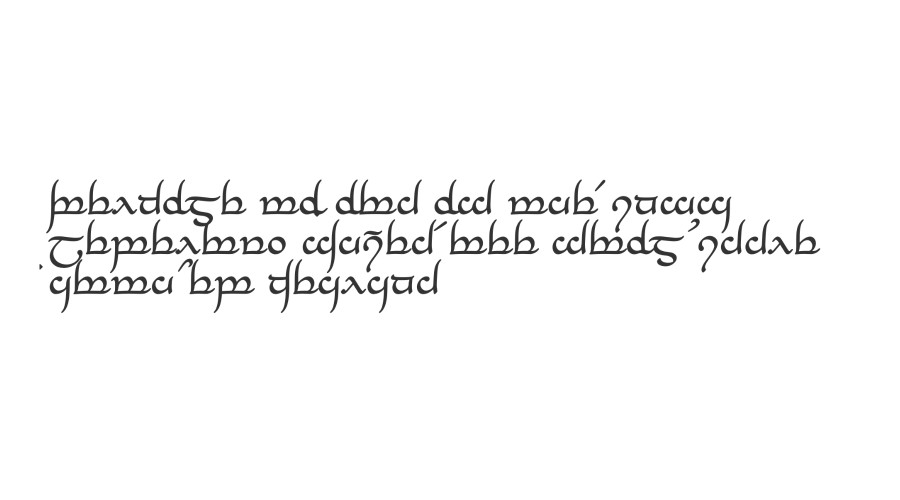
Elvish runes are an integral part of the world of Middle-earth created by J.R.R. Tolkien. They are a writing system used by the Elves, a race of immortal beings with great knowledge and wisdom. Elvish runes are used throughout Tolkien's works, but they are particularly prominent in The Lord of the Rings.
In The Lord of the Rings, Elvish runes appear in several places
Elvish runes, also known as Cirth or Angerthas, were developed by the Elves as a way to communicate and record their knowledge. The writing system consists of a set of symbols that represent sounds or concepts, much like the letters of the English alphabet. Each rune has a distinct shape and meaning, and they can be combined to form words and sentences.
In The Lord of the Rings, Elvish runes appear in several places, most notably on the One Ring, which bears an inscription in the Black Speech of Mordor. The inscription reads "One Ring to rule them all, One Ring to find them, One Ring to bring them all and in the darkness bind them." This inscription is written in Tengwar, a script developed by the Elves that is often used to write in the Elvish language.
The Elvish runes on the One Ring are particularly significant because they represent the power and corruption of the Ring. The Ring was created by the Dark Lord Sauron to give him control over all the other Rings of Power, and the inscription on the Ring reflects this goal. The phrase "One Ring to rule them all" represents Sauron's desire for complete domination, while the phrase "in the darkness bind them" suggests that the Ring's power is inherently evil and corrupting.
In addition to the One Ring, Elvish runes appear in other parts of The Lord of the Rings as well
In addition to the One Ring, Elvish runes appear in other parts of The Lord of the Rings as well. For example, when Frodo and Sam are travelling through the Mines of Moria, they encounter a door that is inscribed with Elvish runes. The inscription reads "Speak, friend, and enter", and it is only by speaking the word "Mellon" (which means "friend" in Elvish) that the door will open. This inscription is significant because it reflects the wisdom and foresight of the Elves, who designed the door to be accessible only to those who were worthy and trustworthy.
Another example of Elvish runes in The Lord of the Rings is the inscription on the tomb of Balin, a dwarf who died in the Mines of Moria. The inscription reads "Here lies Balin, son of Fundin, Lord of Moria", and it is written in the Angerthas Moria, a variant of the Elvish runes that was used by the dwarves.
In conclusion, Elvish runes are a fascinating and important part of the world of Middle-earth. They represent the wisdom and knowledge of the Elves, as well as the power and corruption of the Ring. Their appearance on the One Ring, the door of Moria, and Balin's tomb are just a few examples of their significance in The Lord of the Rings. As fans of Tolkien's works continue to explore the rich world he created, the Elvish runes will undoubtedly continue to capture their imagination and inspire their curiosity.
